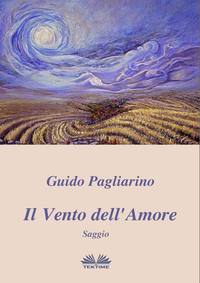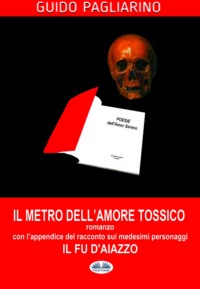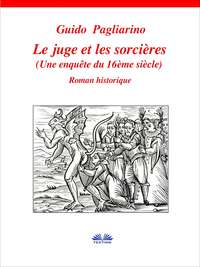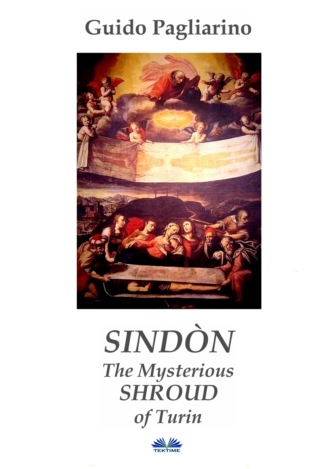
Полная версия
Sindòn The Mysterious Shroud Of Turin
There is an ancient legend about the origin of the Edessa's image:
The mandylion was an image miraculously produced by Jesus as a gift to Abgar V, known as Ukama (“the Black”), King of Edessa from A.D. 13 to 50. Since he was suffering from leprosy, he sent messengers to Jerusalem during the Easter week for inviting the Nazarene to his court to be cured. Christ, who could not go due to the imminent crucifixion, healed King Abgar through the view of an icon, which delegates carried to the king. According to another version, the mandylion was a portrait painted in tempera by a man called Anania, who was sent to Jesus by Abgar V. Another legend says that Jesus, who was not satisfied with the Anania's work, dipped his fingers into the colors to modify the icon and make it identical to his face. However, Abgar V healed when he saw the image; and therefore he converted to Christianity, along with his son Ma’nu V (who was king for a short time after his father died). But Abgar's nephew Ma’nu VI, who took the throne in A.D. 57, reverted to paganism and started to persecute Christians. Even today, an icon painted in tempera with an egg-white base, which would be the one sent by Jesus to King Abgar, is venerated at the Genoese church of San Bartolomeo degli Armeni. Obviously, the Shroud is not a painting, and therefore the mandylion is not the Shroud. The one showed in Genoa is rather an ancient Byzantine icon inspired by the mandylion and probably produced in Edessa.
Icon painted in tempera – Church of “San Bartolomeo degli Armeni” in Genoa
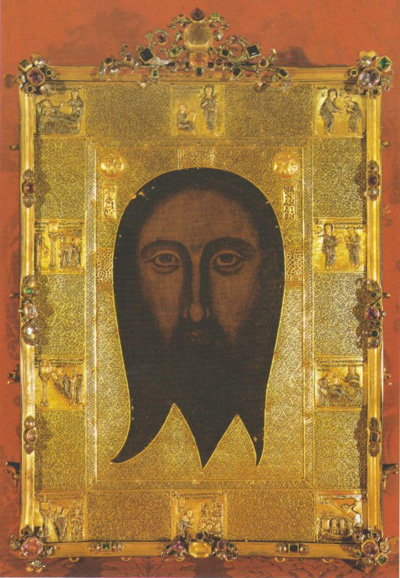
According to various Greek, Arab and Syriac traditions, in the middle of the 10th century the Eastern Emperor Romanus I Lecapenus wanted the mandylion to be moved to Constantinople. The Edessa Christ's Face was identified and venerated as an acheropito, or “not made by human hands”21 .. The region of Anatolia was ruled by the Turks, who regarded the mandylion to be the protector of the city, being Muslims and considering Jesus as the second most important prophet after Muhammad22 . In the spring of A.D. 943, the Emperor Romanus I declared war on the Turks to claim the mandylion's protection and, after sending a powerful army led by General John Kurkuas, conquered Edessa. The Byzantine general asked the emir of the defeated city to deliver the mandylion, in the meantime hidden by the besieged; in order to achieve his goal, he offered indulgence to the inhabitants, released 200 prisoners and promised to pay 12,000 precious metal coins (maybe silver coins, or even gold coins). The emir accepted and handed over the sacred relic to Kurkuas, despite the protests of the people. The mandylion arrived in Constantinople on August 15th 944, during the day of the Assumption of the Virgin Mary (at that time, Dormition of the Mother of God). The mandylion – or the Shroud folded? - was kept in the Pharos chapel adjacent to Boukoleon, the palace of Romanus I.
A miniature painting of the Skilitzis Code, a Byzantine manuscript produced between the 11th and 13th century, and currently kept at the Madrid National Library, shows the handover of the mandylion to the Emperor Romanus I Lecapenus (sided by the Patriarch of Constantinople Theophylact and dignitaries). In the middle of the picture below, it is clearly visible the almost three-dimensional image of Christ rising from the cloth:

On August 16th 944 A.D., the day after the mandylion arrived in Constantinople, the Archdeacon and Referendarius of the Cathedral of Hagia Sofia Gregory, in charge of official relations between the Patriarch and the Emperor, pronounced a sermon concerning the event from the cathedral pulpit. The respective manuscript is preserved in the Vatican Archives (Cod. Vat. Gr. 511, ff. 143-150v, classified as De Christi imagine Edessena23 ). After talking about the image arrived from Edessa in the current year 6452 (according to the biblical dating, corresponding to A.D. 944), Gregory passionately described the mandylion, which he called shroud, clearly in reference to the three synoptic Gospels (Matthew, Mark and Luke)which, unlike the John's Gospel, used that term. About the image, Gregory said: “Imprinted only by the agony sweats from the face of the Originator of Life, falling like drops of blood,and by the finger of God. For these are the beauties that have made up the true imprint of Christ; since, after the drops fell, it was embellished by the drops from his own side. Both are highly instructive: blood and water here, there sweat and image. Oh equality of realities, since both have their origin in the same person; the source of living water can be seen and it gives us water, showing us that the origin of the image made by sweat is, in fact, of the same nature as the origin of that which makes the liquid flow from the side. Gradually you get used to something you had never seen before and whose eyes and mind had no experience. An image not outlined on the edges, that fades into nothing, that if you approach it, pale and disappear, and if you move away it reappears; a color faded, very pale, that you could not define, almost out from the chromatic scale; two long imprints of a naked body, front and back, so strangely and illogically put next to each other; a quantity of bloody signs, also imprinted on a skin in a supreme rigor mortis […] before plunging into that long speechless contemplation that is always, for anyone, the first shroud watching. The first impact with the shroud, is for everyone a long look at a long silence”.
Obviously, the use of the term shroud in that old sermon is not an evidence that Gregory wished to refer to the Shroud of Turin. However, it is really important he mentioned the full body of Jesus, and not only his face, because it suggests that the relic was a burial cloth and not a simple handkerchief.
A 15th century miniature representing the Latin conquest of Constantinople

In 1204 A.D. a tragedy took place: the Byzantine Empire was sacked by the army of the Fourth Crusade, which was called by Pope Innocent III to reclaim Holy Land from Muslims, without achieving such purpose. On April 12th, Constantinople was conquered, with horrible massacres and awful looting of treasures and holy relics. If it's true that only the First Crusade had strong idealistic motivations, besides the usual economic and power reasons, before the 1204 events the Christians never reached a such level of cynical and bloody profiteering. Count Baldwin IX of Flanders was in charge of the abject expedition, and under his command the French knights William of Champlitte, Geoffrey of Villehardouin, Othon de La Roche (Duchy of Burgundy) and the Italian commanders Boniface of Montferrat and Enrico Dandolo (Doge of Venice) participated to the crusade. When the Latin Empire was finally established, the Byzantine's territories were apportioned between the winners, except for the Doge of Venice who was ninety years old and very ill. Count Baldwin of Flanders was crowned as Emperor Baldwin I in the cathedral of Constantinople, Hagia Sofia, with a lavish ceremony. William of Champlitte became Prince of Achaea; Geoffrey of Villehardouin Prince of Morea; Boniface of Montferrat King of Thessalonica. Finally, but his figure is the most important in our history, Othon de La Roche became Duke of Athens and Thebes. Meanwhile, the mandylion (or the Shroud?) was stolen during the looting from the church annexed to the imperial palace of Blachernae by unknowns. Was it hidden in Athens? We can presume it by reading the copy of a letter dated August 1st 1205, just after the sack of Constantinople, which was originally sent by Theodore Komnenos, related to the imperial family, to the Pope Innocent III (but we have no certain evidence on the existence of the original)24 ; in this paper, Theodore blamed crusaders to be predators of relics, and asked the Supreme Pontiff for the return of the Constantinople cloth, which he claimed to be kept in Athens by the Duke Othon de La Roche. Later, in A.D. 1208, the Duke of Athens and Thebes probably would have sent the shroud (again, the Shroud of Turin?) in his possession to his father Ponce II de La Roche-sur- Ognon and Ray; hence, from that year the cloth would have been in France guarded by the de La Roche family.

Since there are no definite documents to corroborate that the cloth in Constantinople actually was the Shroud of Turin, we have an historical gap until 1536 when, as we will see, it was definitely in Lirey, France. Nevertheless, a miniature, not properly a document, was found in the Pray Codex, a collection of manuscripts dating to A.D. 1192-1995 and currently kept in the National Library of Budapest.
It is a sacramentary written in Latin which includes a funeral sermon in Hungarian (it's the oldest text in this language). The Hungarian Jesuit Georgius Pray (who gave the name to the Codex) discovered the artifact in Slovakia in the library of the Benedectine monastery of Pozsony, currently Bratislava, in the 18th century. The Pray Codex is an handwritten (in the 12th century the printing press had not been invented yet). The miniature we are interested in, composed by two overlapping illustrations, is on the back of the sheet number XXVII, and shows the entombment of Jesus. The upper image depicts the anointing of Jesus' body, entirely naked just like in the image of the Shroud of Turin (this is a specificity compared to the contemporary and earlier icons); moreover, the arms are crossed on the pelvis, the right on the left, and the thumbs and the feet are not visible, everything again like on the Shroud (see the following paragraph Why are the thumbs not visible on the Shroud? Why is his right foot covering his left one in the positive photographic image?). On the pictures below, hands and lower extremities details on a Shroud negative image, and the Pray Codex:

Pray Codex miniature
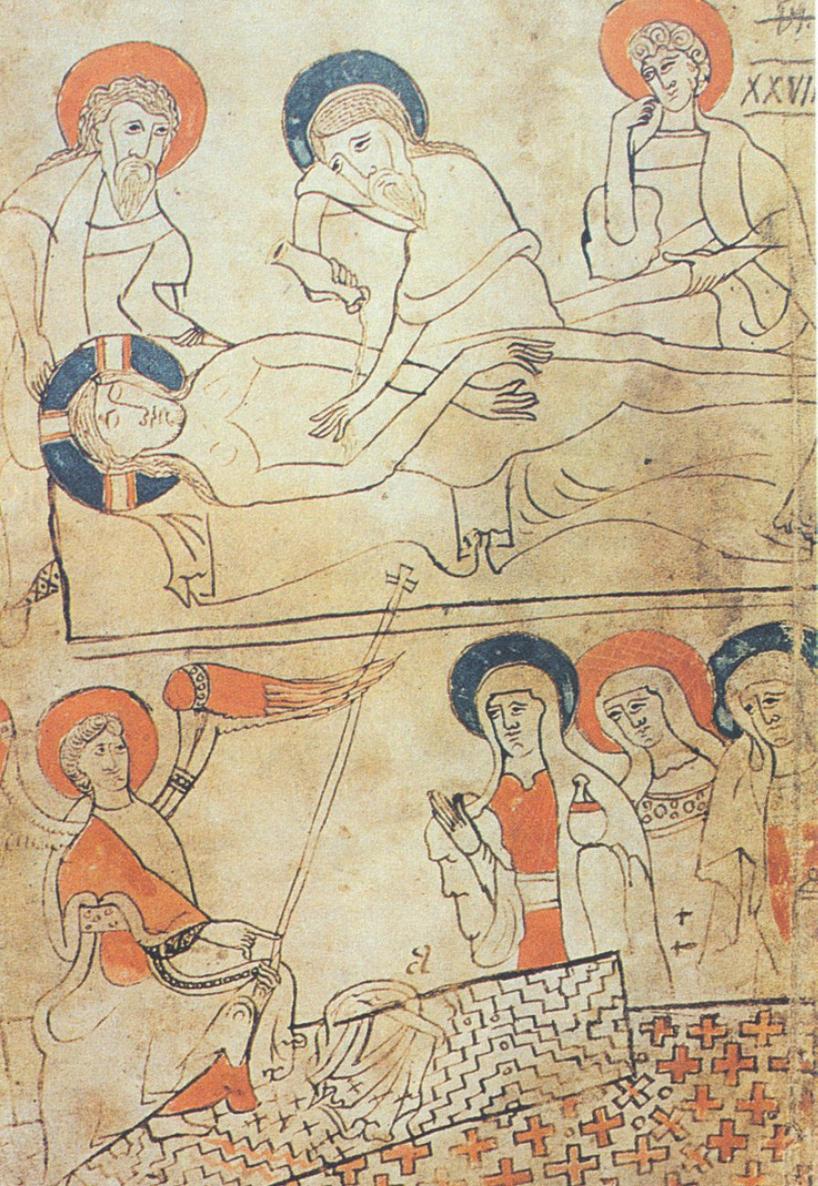
The miniature's upper illustration shows the body of Christ lying on a sheet while being anointed; and the lower image represents the pious women visiting the sepulcher on Easter Sunday, bringing oils for the corpse who, however, was no longer there because of the resurrection, as the angel proclaimed:
When the Sabbath was past, Mary Magdalene, Mary the mother of James and Salome bought spices, so that they might go and anoint him. And very early on the first day of the week, when the sun had risen, they went to the tomb. An they were saying to one another: “Who will roll away the stone for us from the entrance of the tomb?”. And looking up, they saw that the stone had been rolled back – it was very large. And entering the tomb, they saw a young man sitting on the right side, dressed in a white robe, and they were alarmed. And he said to them: “Do not be alarmed. You seek Jesus of Nazareth, who was crucified! He had risen, he is not here. See the place where they laid him. But go, tell his disciples and Peter that he is going before you to Galilee. There you will see him, just as he told you”. And they went out and fled from the tomb, for trembling and astonishment had seized them, and they said nothing to anyone, because they were afraid. (Mark, 16, 1-8).
On the miniature again, there is a zigzag pattern on the sheet which resembling, according to some but not for me, the Shroud's herringbone weave. On the bottom illustration, there are two groups of tiny circles to form a letter L, similar to the four groups of four holes each, originated from burns, that can be found on the Shroud of Turin (actually, there are other small holes not clearly visible to the visitors, unlike the larger ones). These symmetrical groups of holes are, approximately, in the middle of the four layers which result from a folding of the Cloth in four.
A detail of the Shroud with highlighting of the four groups of the oldest burns

Closeup of one of the burn groups

A detail of the Pray Codex with the highlighting of two supposed L-shaped holes
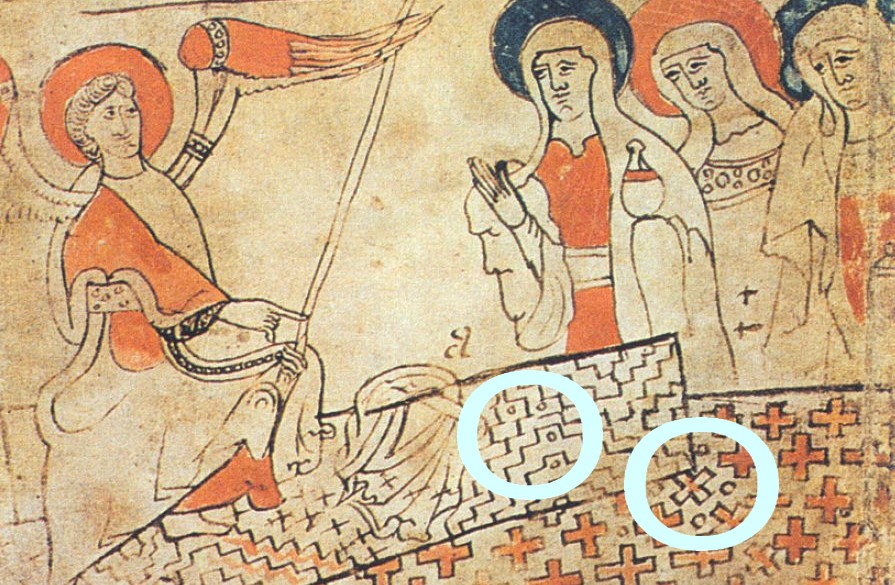
It could be that the burn marks had been produced with the Shroud folded in four, and the damage passed through all the sides. The origin of the burns is unknown - perhaps molten metal accidentally dripped -, but we know they are on the Cloth since before the A.D. 1532, when the Chapel of the Shroud in Chambery caught fire (see Chronology, A.D. 1532); in fact, these symmetrical holes are depicted on a printmaking made by Dürer in Chambery in A.D. 1516, reproducing for the first time the whole Shroud:
Printmaking of the Shroud credited to Albrecht Dürer - A.D. 1516 -, one third of the real size of the Shroud, guarded in the church of Saint. Gommaire in Lier, Belgium: the four symmetrical groups of holes are clearly displayed

The question is: did the author of Pray Codex miniature, who expressly states in the text that he was inspired by a shroud, really see the Shroud of Turin so as to be influenced by it?
By the way: please note that the Man's face and head are divided and detached in the printmaking (as a result of the three-dimensional head); in fact, in A.D. 1516 there was not yet on the linen the water stain caused by 1532 Chambery fire extinction (see Chronology) which many people confuse, making a mistake, with the Man's nape.
Water stain
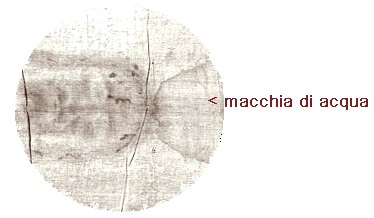
Конец ознакомительного фрагмента.
Текст предоставлен ООО «ЛитРес».
Прочитайте эту книгу целиком, купив полную легальную версию на ЛитРес.
Безопасно оплатить книгу можно банковской картой Visa, MasterCard, Maestro, со счета мобильного телефона, с платежного терминала, в салоне МТС или Связной, через PayPal, WebMoney, Яндекс.Деньги, QIWI Кошелек, бонусными картами или другим удобным Вам способом.




